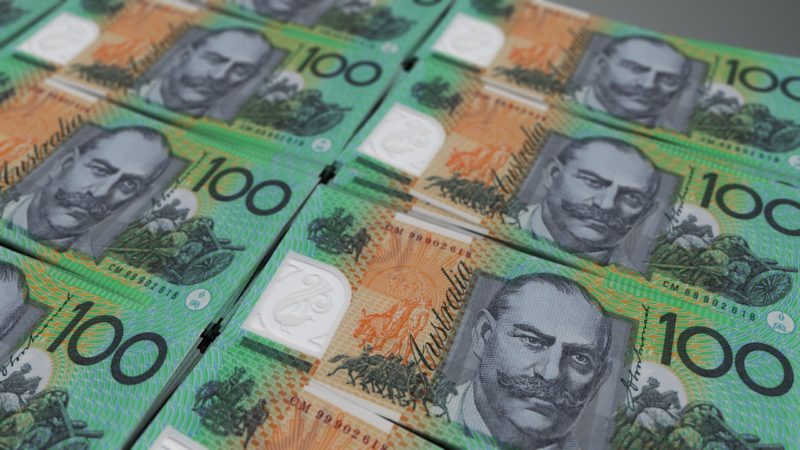Did the media CEOs earn their big pay packets this year?
Is Mike Sneesby, the chief executive officer at Nine Entertainment, worth the $3.4 million he got paid last financial year? What about Seven West Media boss James Warburton. Is he worth $2.8 million? And how about SCA’s former CEO Grant Blackley? Take out exit benefits and he earned $1.6 million. Was he worth that much money?
A bit of context first up. Media CEOs get well paid.


